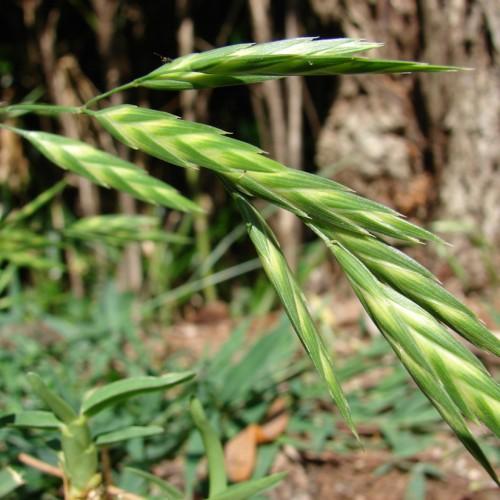
Rescue Grass
Bromus catharticus
Watering:
Minimal
Hardiness Zone:
Sun:
full sun,part shade
Growth Rate:
Low
Drought Tolerant:
Yes
Salt Tolerant:
Yes
Care Level:
Medium
watering
Indian Valley Brodiaea (Brodiaea coronaria subsp. rosea) should be watered on a regular basis during the growing season (spring to fall) to ensure successful blooming. During the spring and summer months, it is best to water your Indian Valley Brodiaea deeply and consistently, allowing the top 2-3 inches of soil to dry out before watering again. In the winter months, you should reduce the amount of watering and allow the soil to become almost dry before providing additional moisture. This will help to protect the plant from over-watering and winter root rot.
sunlight
Indian Valley Brodiaea (Brodiaea coronaria subsp. rosea) grows best in a sunny spot with some partial shade. It enjoys 6-8 hours of direct sunlight per day, but it is also tolerant of some shade during the heat of the day. Ideal locations for this plant species would include south- or east-facing sites with nearby trees filtering out some of the direct sunlight during peak afternoon hours. Indian Valley Brodiaea is also known to be quite drought tolerant, so supplemental watering is usually not necessary once established.
pruning
Indian Valley Brodiaea (Brodiaea coronaria subsp. rosea) should be pruned once a year in early spring, before or just after new growth appears. Pruning should involve removing any dead, wilted, or diseased stems, as well as any flowers that have begun to dry and produce seed capsules. This will encourage the plant to produce new flowers and more vigorous growth. Additionally, when pruning, select several of the longest stem tips to pinch back just above a node to encourage fuller growth and shape. Pruning Indian Valley Brodiaea will help to keep the plant healthy and promote more flowers over time.
